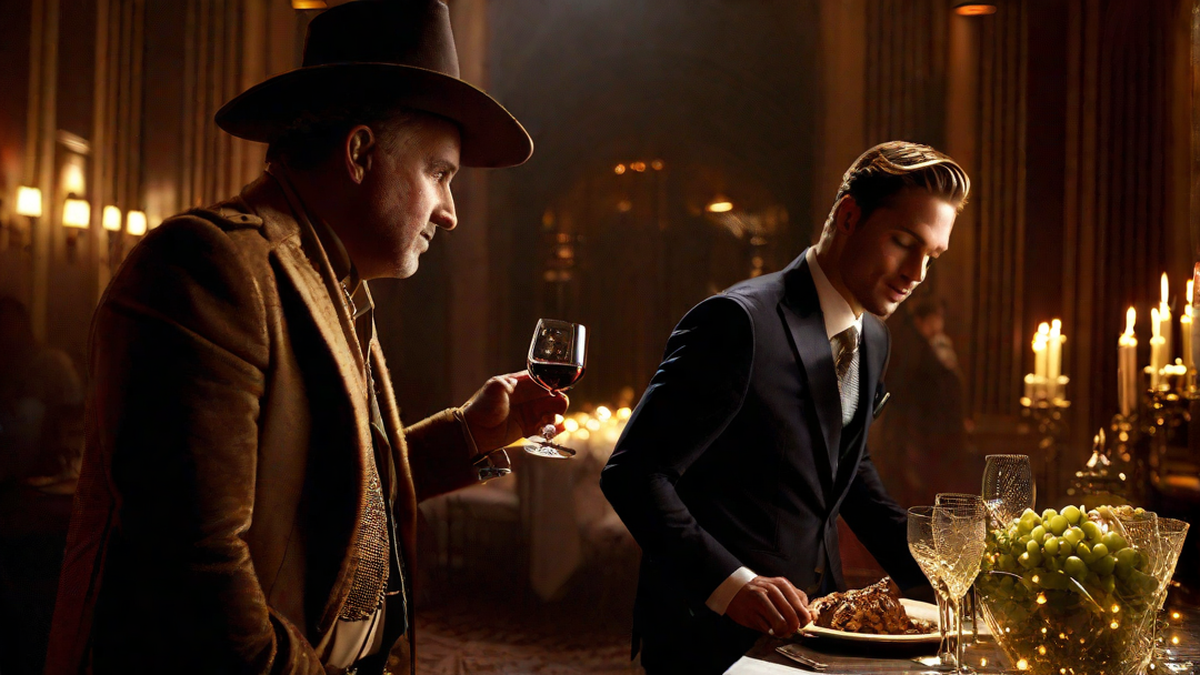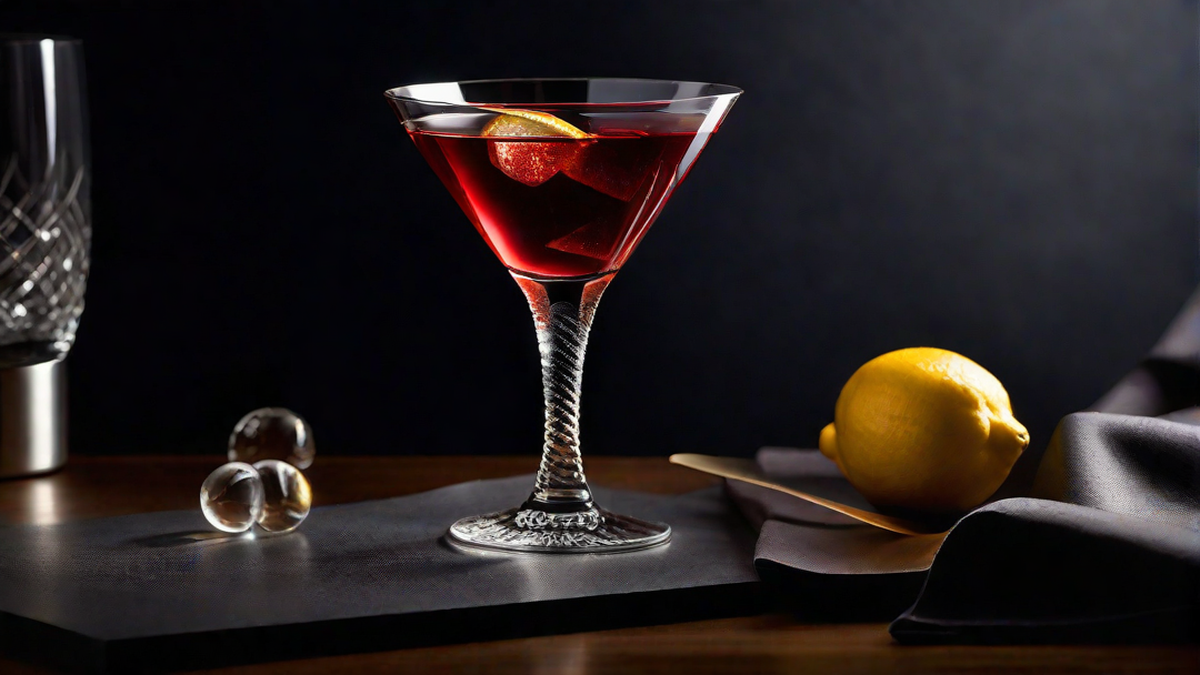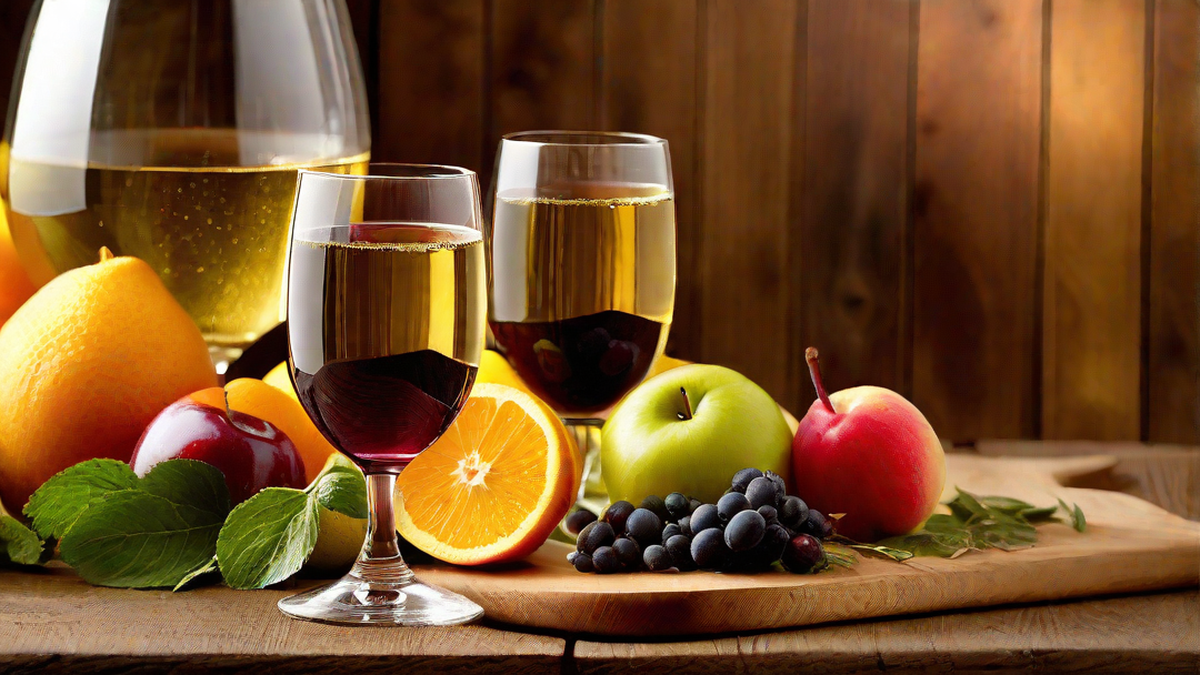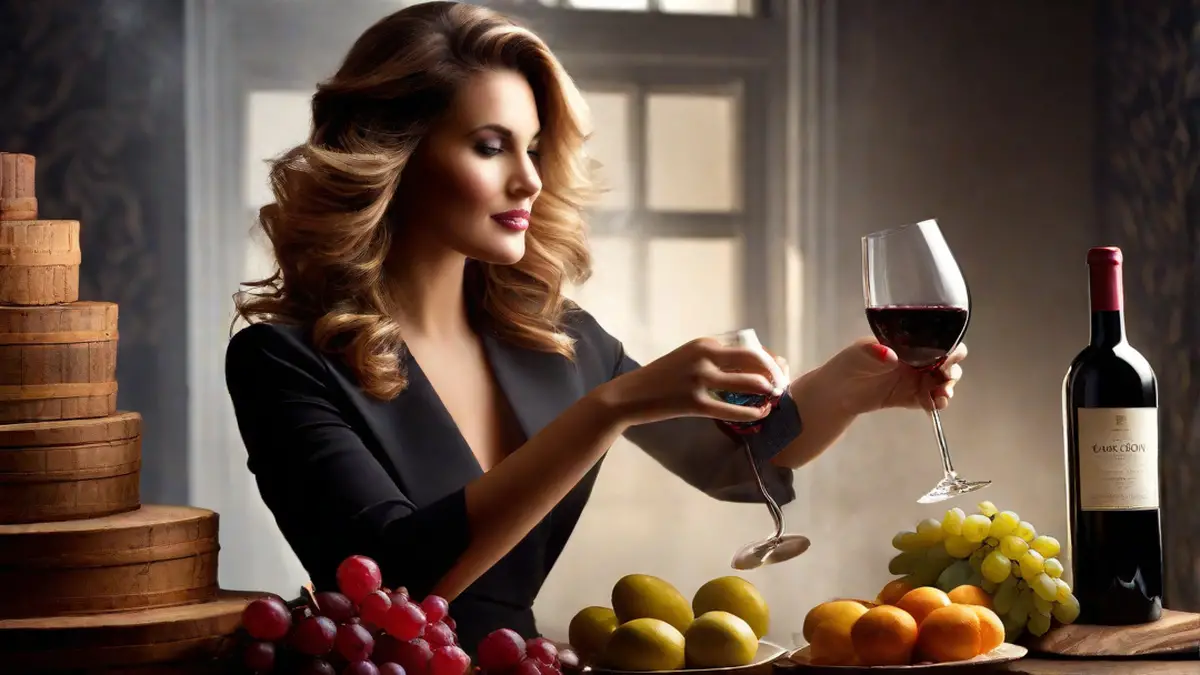The art of winemaking is an age-old tradition that has been treasured for generations. As someone who is passionate about wine, I’ve constantly found myself intrigued by the complex process of transforming grapes into an exquisite bottle of wine. The process from the vineyard to the wine glass is marked by meticulous attention to detail, fervor, and heritage that genuinely enchants the senses.
The Grape Harvest
The wine-making process commences with the grape harvest, a pivotal moment that sets the stage for the entire journey. The choice of the harvest time is crucial, as the grapes need to reach optimal ripeness to ensure the perfect balance of sugars, acids, and flavors. I find it awe-inspiring to witness the harvest, as the vineyard comes alive with the bustling activity of workers carefully selecting each grape cluster.
The Crushing and Pressing
Upon the completion of the grape harvest, the next step involves the crushing and pressing of the grapes. This stage is essential for extracting the juice from the grapes, which will later ferment into wine. I have always been amazed at the sight of the grapes being transformed into a rich, aromatic liquid, signifying the beginning of the wine’s transformation.
Fermentation
As the crushed grapes undergo fermentation, the magic of wine-making truly unfolds. Yeast plays a crucial role in this process, as it consumes the sugars in the grape juice, converting them into alcohol and carbon dioxide. The symphony of bubbling vats and the tantalizing aroma of fermenting wine never fail to capture my senses, reminding me of the transformative power of nature.
Aging and Bottling
Once the fermentation is complete, the wine is transferred to barrels or tanks for aging. This stage is where the wine develops its complexities and character, influenced by the type of oak, length of aging, and environmental conditions. Witnessing the transformation of youthful wine into a refined elixir is a profound experience that deepens my appreciation for the art of wine-making.
My Journey with Wine
As I reflect on my personal journey with wine, I am reminded of the remarkable individuals who dedicate their lives to preserving the tradition of wine-making. Their commitment to craftsmanship and attention to detail has inspired me to delve deeper into the world of wine, savoring each glass with a newfound appreciation for the labor of love encapsulated within.
Conclusion
In conclusion, the art of wine-making is a harmonious blend of science, art, and passion. It is a testament to human ingenuity and respect for nature’s bountiful gifts. Through each step of the process, from grape to glass, the story of wine unfolds, inviting us to partake in its timeless allure.




